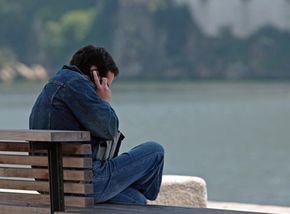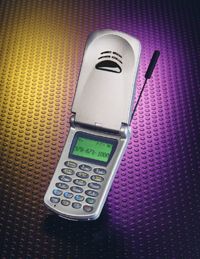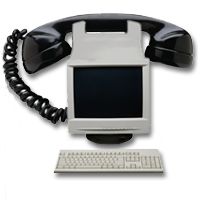When making an international call from a landline, the number must be dialed using the standard international calling format:
- International dialing prefix
- Country code
- City code (area code)
- Local number
[source: United World Telecom]
International dialing prefixes vary depending on the country from which you're making the call. For example, the international dialing prefix when calling from a landline in the United States is 011. The international dialing prefix for landlines in Italy is 00 [source: International Dialing Codes].
Then you need to figure out the country code of the country you're trying to call. Country codes can be from one to four digits long. The country code for Malaysia, for example, is 60 and Panama is 507.
Just like the United States, most other countries' telephone systems are broken up into many different area codes or city codes. The area code for Sao Paulo, Brazil, is 11 and the area code for Cape Town, South Africa, is 21.
Last comes the local number, which can run from as few as five digits to as many as eight. Local numbers in the United States have seven numbers, while the Kyrgyz Republic only assigns five.
Here are some hypothetical examples of international phone calls and their corresponding numbers:
Pittsburgh (USA) to Morelia (Mexico)
International dialing prefix: 011
Country code: 52
City code: 443
Local number: 123-4567
What you dial:011-52-443-123-4567
Athens(Greece) to Varberg (Sweden)
International dialing prefix: 00
Country code: 46
City code: 340
Local number: 1234-5678
What you dial: 00-46-340-1234-5678
The cost of making international calls from a landline depends on your long-distance or international calling plan. The basic long-distance rate for international calls ranges from a few cents a minute to several dollars a minute, depending on where you're calling.
Most major U.S. long-distance carriers offer special calling plans designed around your calling habits. If you call Mexico twice a week, but hardly ever make national long-distance calls, you can usually negotiate a special flat rate with the long-distance company that will be much cheaper than the basic per-minute international rates [source: Federal Communications Commission].
Another option is to purchase a prepaid international calling card with the cheapest rates from your country to the country you dial the most. The calling card requires you to dial a toll free access number first, then the PIN on your calling card, then the international number.
Yet another option is to use a dial-around international calling service. Those are the numbers that start with "10-10-123" or some variation. By dialing these numbers, you bypass your local long-distance carrier and access a phone network with better international rates. These aren't prepaid services like a calling card, so you'll be billed on your regular phone statement [source: Federal Communications Commission].
We'll talk about another option, callback services, later in the article. For now, let's explain how to make an international call using a VoIP service.







